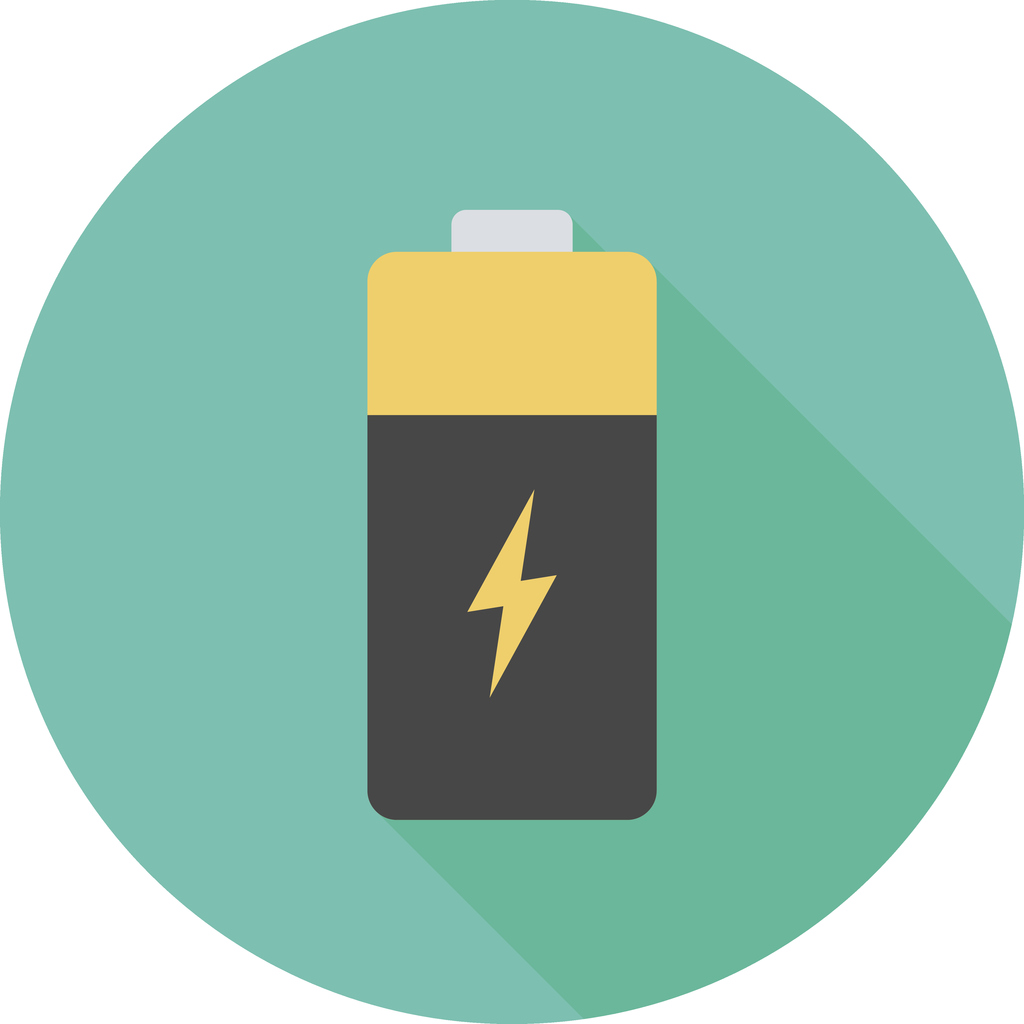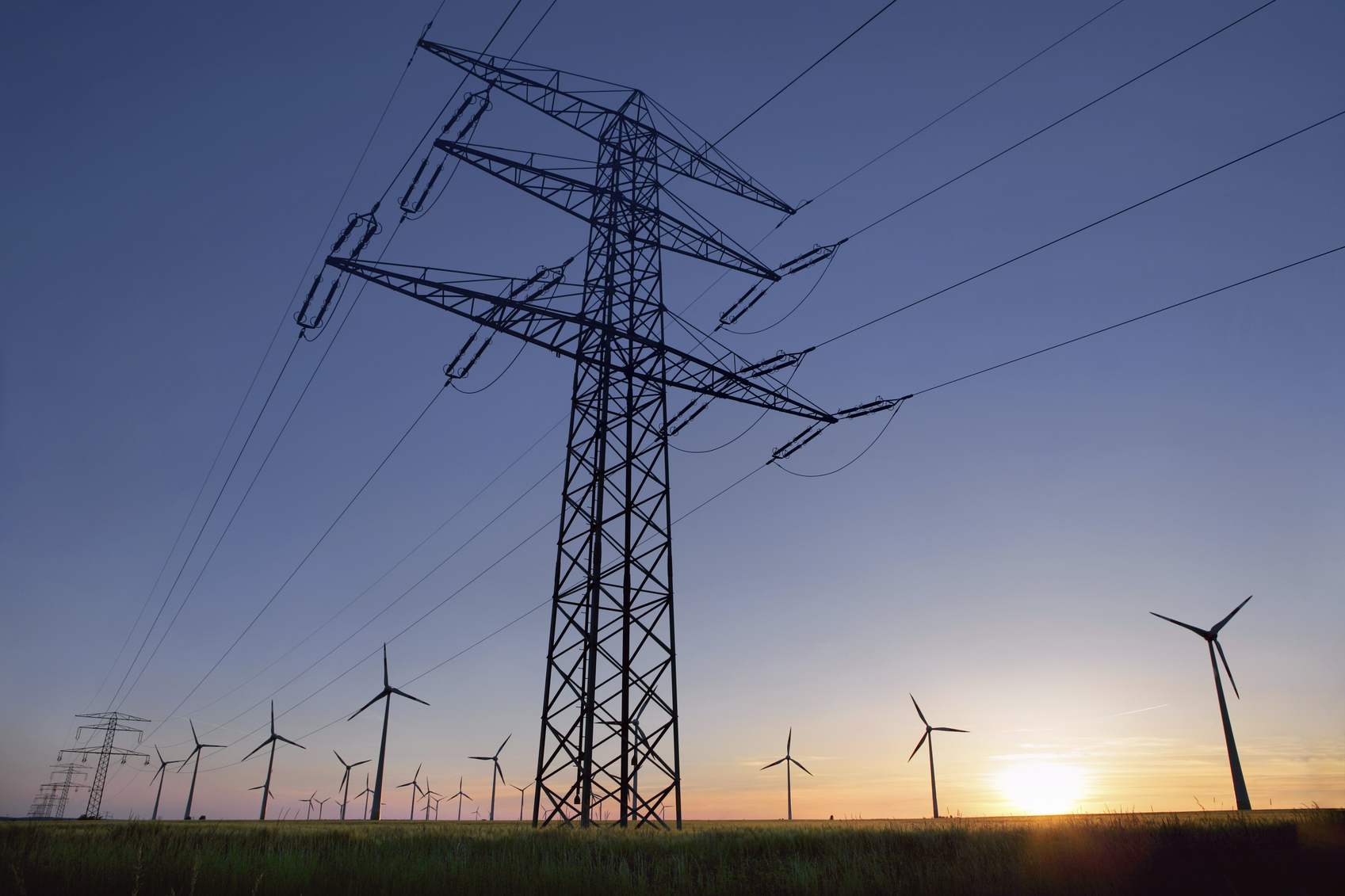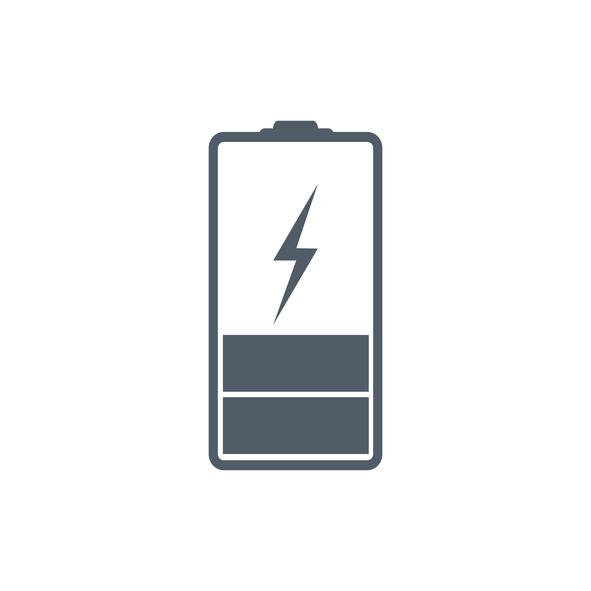 A new sodium-based battery can store the same amount of energy as a state-of-the-art lithium ion at a substantially lower cost.
A new sodium-based battery can store the same amount of energy as a state-of-the-art lithium ion at a substantially lower cost.
As a warming world moves from fossil fuels toward renewable solar and wind energy, industrial forecasts predict an insatiable need for battery farms to store power and provide electricity.
Chemical engineer Zhenan Bao and materials scientists Yi Cui and William Chueh of Stanford University aren’t the first researchers to design a sodium ion battery. But they believe their approach has the price and performance characteristics to create a sodium ion battery that costs less than 80 percent of a lithium ion battery with the same storage capacity.
$150 a ton
“Nothing may ever surpass lithium in performance,” Bao says. “But lithium is so rare and costly that we need to develop high-performance but low-cost batteries based on abundant elements like sodium.”
With materials constituting about one-quarter of a battery’s price, the cost of lithium—about $15,000 a ton to mine and refine—looms large. Researchers say that’s why they are basing the new battery on widely available sodium-based electrode material that costs just $150 a ton.


 A closer look at catalysts is giving researchers a better sense of how these atom-thick materials produce hydrogen.
A closer look at catalysts is giving researchers a better sense of how these atom-thick materials produce hydrogen. Just a few months ago, business magnate Elon Musk announced that he would spearhead an effort to build the
Just a few months ago, business magnate Elon Musk announced that he would spearhead an effort to build the  Lithium batteries made with asphalt could charge 10 to 20 times faster than the commercial lithium-ion batteries currently available.
Lithium batteries made with asphalt could charge 10 to 20 times faster than the commercial lithium-ion batteries currently available.
 The
The 